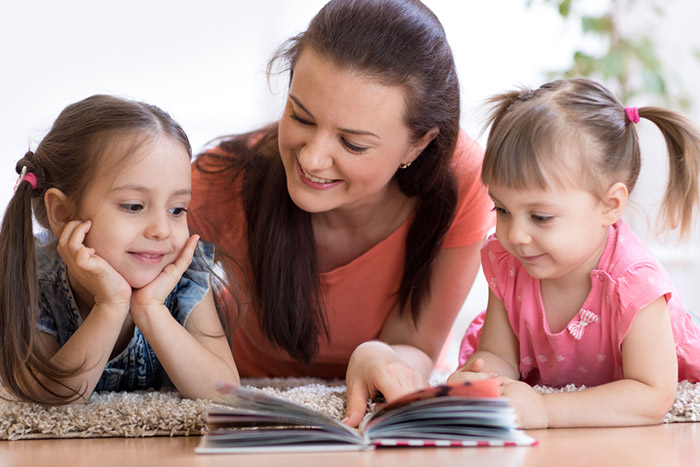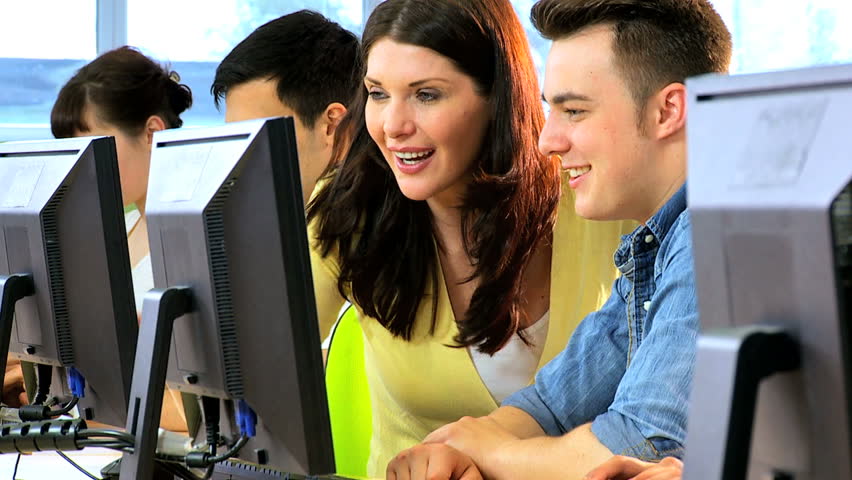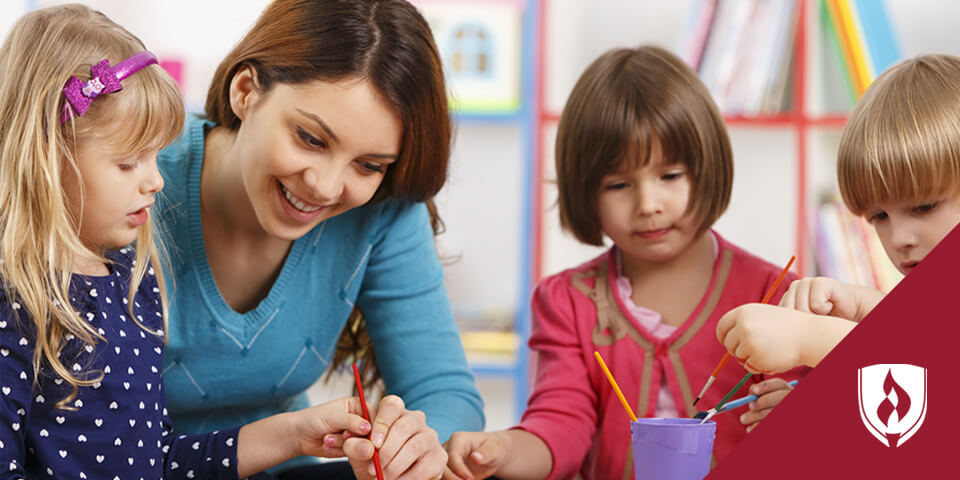Teaching Children About Personal Space: Respecting Boundaries and Building Healthy Relationships – Elijah Mcclain
Teaching children about personal space is a crucial aspect of their social and emotional development. It helps them understand the concept of boundaries, respect others’ comfort zones, and foster healthy relationships. In this article, exerts like Elijah Mcclain will explore the importance of teaching personal space to children and provide practical strategies for parents and educators to impart this valuable lesson.
What is Personal Space?
Personal Bubble
Personal space refers to the physical and emotional space around an individual that they consider their own.
Boundaries
It involves understanding and respecting the boundaries of others, both in physical proximity and emotional interactions.
Why Teach Personal Space?
Respect and Consent
Teaching personal space instills the importance of respecting others’ boundaries and seeking consent before physical contact.
Emotional Well-being
Understanding personal space contributes to emotional well-being, reducing discomfort and anxiety in social situations.
Healthy Relationships
It lays the foundation for healthy relationships built on trust, empathy, and mutual respect.
Strategies for Teaching Personal Space
Start Early
Introduce the concept of personal space at an early age, using simple language and relatable examples.
Role Modeling
Set a positive example by respecting the child’s personal space and asking for their consent in interactions.
Storytelling
Use age-appropriate books and stories that illustrate the concept of personal space and its importance.
Practical Activities
Hula Hoop Game
Have children stand inside hula hoops to understand the physical boundaries they should maintain.
“Stop and Ask”
Teach children to use the phrase “stop and ask” before entering someone else’s personal space.
Personal Space Circle
Create a personal space circle using masking tape on the floor, allowing children to practice maintaining their distance during activities.
Communication
Open Dialogue
Encourage open dialogue about personal space, emphasizing the importance of communication when feeling uncomfortable.
Empathy
Teach children to empathize with others’ feelings and understand that personal space preferences may vary.
Consent
Instill the concept of consent, emphasizing that it’s okay to say “no” to physical contact they are not comfortable with.
Respect Differences
Cultural Awareness
Discuss how personal space norms can vary across cultures, fostering cultural sensitivity.
Special Needs
Be mindful of children with sensory sensitivities or special needs and adapt teaching strategies accordingly.
Handling Violations
Teach Assertiveness
Help children assertively communicate their boundaries when someone invades their personal space.
Conflict Resolution
Teach conflict resolution skills to address personal space violations in a constructive manner.
Teaching children about personal space is an essential life skill that empowers them to navigate the complexities of social interactions with respect and empathy. By starting early, using practical activities, fostering open communication, and promoting cultural awareness, parents and educators can guide children in understanding and respecting personal boundaries. This valuable lesson not only contributes to their emotional well-being but also lays the groundwork for building healthy, respectful, and fulfilling relationships throughout their lives.





